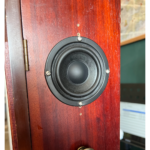ABOUT THE CLOCK
This is the Ticking Clock.
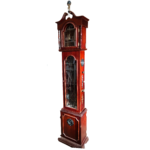
Ticking Clock is a piece of artwork made by Cat McGill.
Cat is autistic. She made the Ticking Clock to show people what music and sound feels like to her.

Cat enjoys the repetitive sound of a clock ticking, and likes the patterns it makes when two clocks are ticking a little bit out of time.
This inspired her to create the Ticking Clock artwork.

Ticking Clock is made up of lots of repeating patterns. Some autistic people really enjoy repeating patterns, like flapping hands, or repeating the same noise over and over. This is often called stimming.
Some people call stimming ‘restricted and repetitive behaviour’. Cat thinks this makes it sound like stimming is a bad thing.

Cat has made the Ticking Clock to help people understand that stimming can be fun and relaxing.

HOW TO USE THE CLOCK
If you touch the figure on the top of the clock you will hear a spooky note start playing.
You can turn the clock hand to hear a winding noise, and if you keep going you will hear the ticks starting
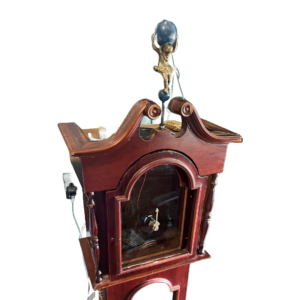
There are brass knobs on the sides of the clock. If you touch these they will turn different sounds on and off.
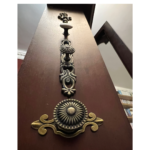
There are two patterns of pins on the sides of the clocks, one at the top and one at the bottom. If you touch these they will play different notes and you can make up tunes.
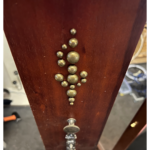
These are the speakers, where the sound comes out. There are four speakers on the clock.
You can touch the wooden body of the clock near a speaker to feel the vibrations.
